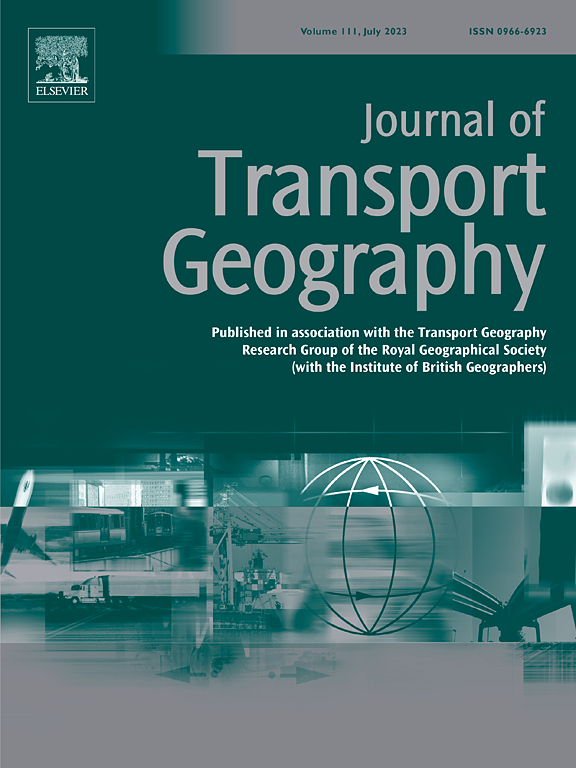Optimizing maternal health facility locations in Ethiopia: A geospatial approach for upgrading to emergency obstetric and newborn care
IF 5.7
2区 工程技术
Q1 ECONOMICS
引用次数: 0
Abstract
Background
Emergency Obstetric and Newborn Care (EmONC) facilities are scarce in Ethiopia and concentrated in bigger cities. Using geospatial analysis, this study modeled the optimal locations for new EmONC facilities such that a maximum number of women could access them.
Methods
We used data from the 2016 EmONC Assessment encompassing 3804 health facilities (including 370 EmONC facilities). Using OpenStreetMap data, we created a road network with different speed assumptions for different road types. We assumed women would walk to the nearest available road and use public transport afterward. We modeled the upgrade of health facilities using a location-allocation analysis based on the existing distribution of facilities and population and road conditions. Three scenarios—conservative (25 % gap closure), moderate (50 % gap closure), and ideal (100 % gap closure)—were modeled to enhance EmONC facility numbers to recommended levels.
Findings
The majority of Ethiopian women live over two hours, the maximum suggested travel time, away from EmONC facilities, with significant regional variations. In all three scenarios, upgrades mostly targeted facilities in Oromia, Amhara, and Southern Nations Nationalities and Peoples regions, with minimal facilities selected in Addis Ababa, Dire Dawa, and Harari.
Conclusion
Optimizing the location of new facilities using geospatial analysis has shown considerable potential in enhancing geographic accessibility and reducing regional disparities. Nonetheless, even under the most favorable scenario, a substantial portion of the country still lacks geographic access to EmONC facilities. Therefore, strategic health facility upgrades should be complemented by expanding or enhancing road infrastructure.
求助全文
约1分钟内获得全文
求助全文
来源期刊

Journal of Transport Geography
Multiple-
CiteScore
11.50
自引率
11.50%
发文量
197
期刊介绍:
A major resurgence has occurred in transport geography in the wake of political and policy changes, huge transport infrastructure projects and responses to urban traffic congestion. The Journal of Transport Geography provides a central focus for developments in this rapidly expanding sub-discipline.
 求助内容:
求助内容: 应助结果提醒方式:
应助结果提醒方式:


